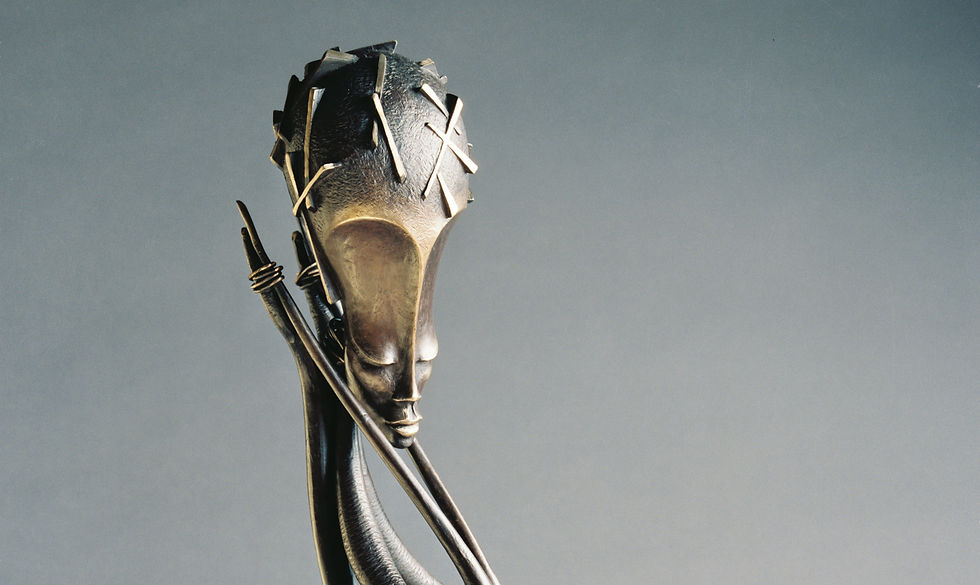It's Always Something
- David

- Mar 6, 2021
- 3 min read
Updated: Jan 24, 2022
There is a tendency to consider the arts as inspiration realized, remote from practical concerns, but in reality, for those of us who make our livings in the arts, things still have to work on the business end.
Art, for the professional and the hobbyist alike, is based on inspiration, as creativity is the driving force, but for the professional, it is also what is being marketed. Without it, there is no business of art. But an idea, if it is to be shared to an audience, has to be practicable, if not practical. Pure unadulterated creativity doesn’t really have to survive being shared.
So it makes sense that ideas comes along that don’t make sense. They are probably more common than ideas that do, if that makes any sense. But playing right up to that vague line between what is practical and what is not, is where ideas get really interesting to me. So there are “safe” ideas, and there are “less safe” ideas, from both a business point of view, and as a practical matter of soundness.
Some of my favorite pieces, as I look back over my body of work, are far too fragile to have ever been practical as public art. Some have bordered on being too fragile for the private collector to maintain, without great care being taken. While from a purely artistic perspective, that is somebody else’s problem. Many things worthy of creating are extremely fragile, and that goes for works of art. But there is a point at which something is just not sturdy enough for its intended audience, and as a practical matter, it becomes something to avoid. My oldest son, Barry, makes art that is exhibited at Burning Man, and as you might imagine, that is a whole nuther level of abuse than anything I generally make would have to endure. But I’ve pushed up against this border for most of my career, making things that require care in handling. I’m okay with that, but now and then, I’ve had to fix something.
I’ve put glass bases on bronze pieces that themselves are more fragile than the glass. I’ve made things that cannot be laid on their sides without being damaged. I’ve made things that have to be shipped in pieces, and assembled at the other end. I’ve even made things that I have to then show up at the final destination to assemble. Practical? No! Not by any stretch, but practicable!


But if you think that I’ve got my just desserts for playing up to this edge of practicality, well, you might be surprised at what sorts of things have come back to bite me. I’ve had pieces that
were almost as durable as a box-end wrench damaged in freight, and had extremely fragile things sent all over the world with very rare regrets. But it would be wrong to say that I’ve not sometimes envied those whose works are no more fragile than a lug nut. Why can’t I just make practical things? Whales shaped like whales? Stylized sleeping cats and dogs! Bronze toads that a three year old boy with a claw hammer could not destroy! I see art like this all the time! It is obvious that there is a market for durable shapes, no more fragile than a boot scraper! Hell, somebody made a living making rubber dog turds!
I guess it’s always something. Today I’ve been dealing with a piece of glass I had custom cut and polished, and that I’d driven to Portland to pick up. I was drilling it for the mounting of a very delicate horse, when I found a flaw along one edge of the polishing. It will mean a trip

back to Portland, and a night in a motel. But I’ve mostly been lucky. I cobble together the things that interest me, and if I can make it, and I can get it from point A to Point B without destroying it, and people keep paying me to make it, I probably will make it..
Practical, shmactical! I pay the bills around here! Somebody else can make lug nuts.




Comments